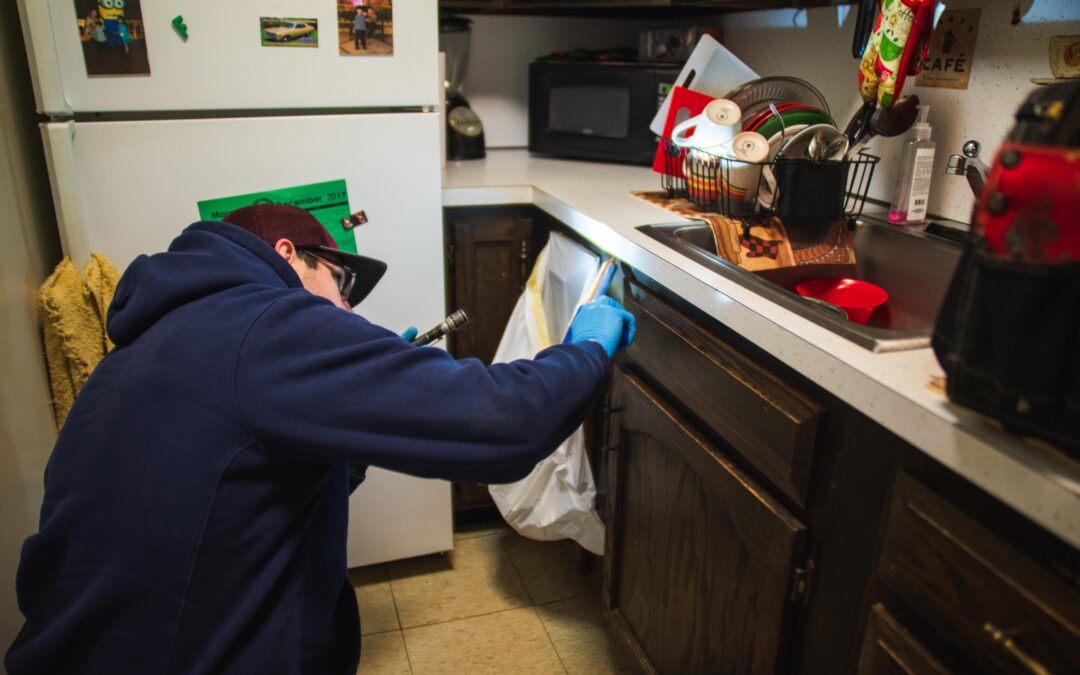Cellar spiders are the most commonly encountered spiders within and around homes, and it is common for residents to find multiple cellar spiders clustered together in moist indoor areas, such as in basements, cellars, crawl spaces, kitchens and bathrooms. Cellars spiders are also commonly found within dirty laundry piles, shoes, cardboard boxes, and stacked wood in the outdoor and indoor environment, which makes it easy for humans to unknowingly transport the spiders indoors. Around 20 cellar spider species have been documented in the US, most of which can be found throughout the country.
Cellar spiders are between ¼ and ⅜ of an inch in length, not counting their unusually long and slender legs that have earned these spiders the common name, “daddy long legs.” One of the most frequently encountered cellar spiders in the northeast US is commonly known as the “long-bodied cellar spider.” According to an online survey of spider sightings, of the 37 long-bodied cellar spider sightings documented by citizen scientists, 31 occurred indoors, while the remaining six occurred around residential homes.
Cellar spiders can be found in homes all year round, even in relatively cold northern regions. Many people do not mind cellar spiders, as they are not as intimidating in appearance as many other spiders that are often found indoors, like wolf spiders and fishing spiders. However, unlike many spider species that are only incidental indoor invaders, large numbers of cellar spiders maintain an indoor presence as long as moist conditions can be found. In some cases, cellar spiders can become a nuisance when a great many establish a presence in high-traffic indoor areas, and they are prolific builders of tattered webs, which can become an annoyance to residents.
Cellar spiders are also attracted to porch lights, but switching from white to yellow light bulbs will prevent these spiders from gravitating around, and eventually into, homes. Since these spiders can easily access indoor spaces by squeezing through tremendously narrow cracks and crevices on a home’s external walls, a silicone-based sealant can be applied to small entry points to prevent invasions. Also, placing a dehumidifier in basements and other moist indoor areas will make homes inhospitable to cellar spiders.
Have you ever found a cluster of cellar spiders within your home?

